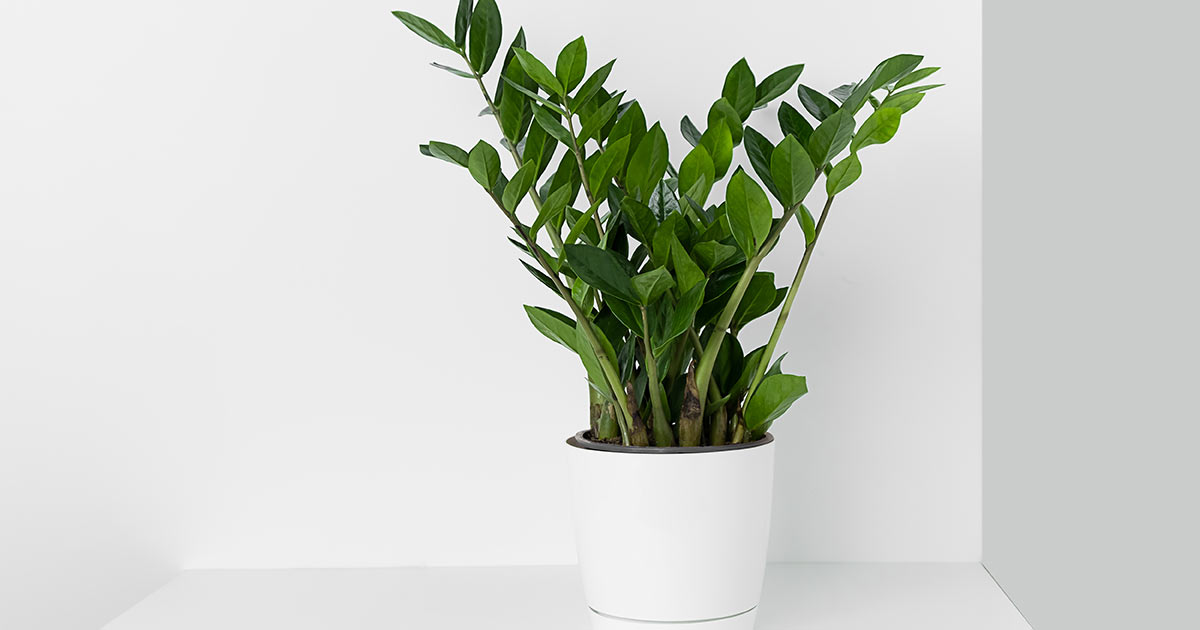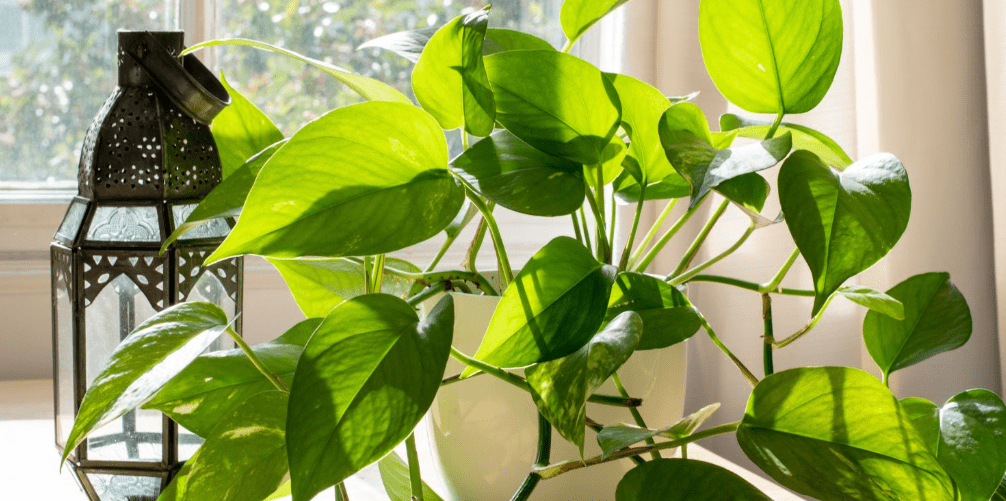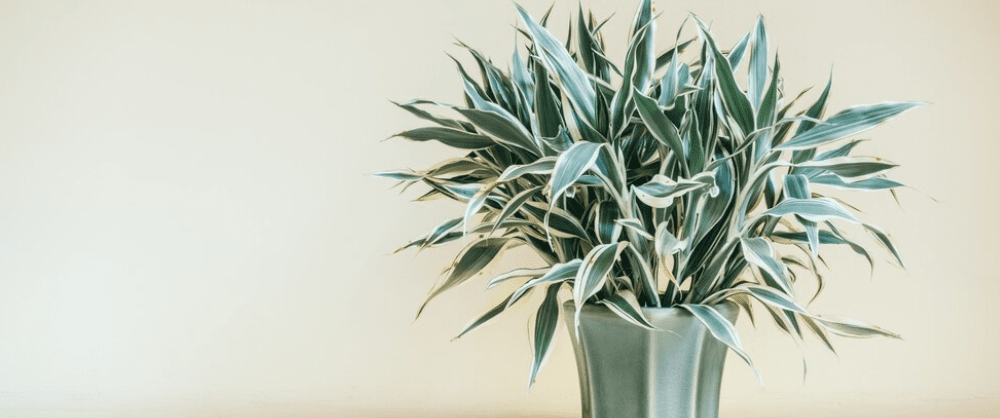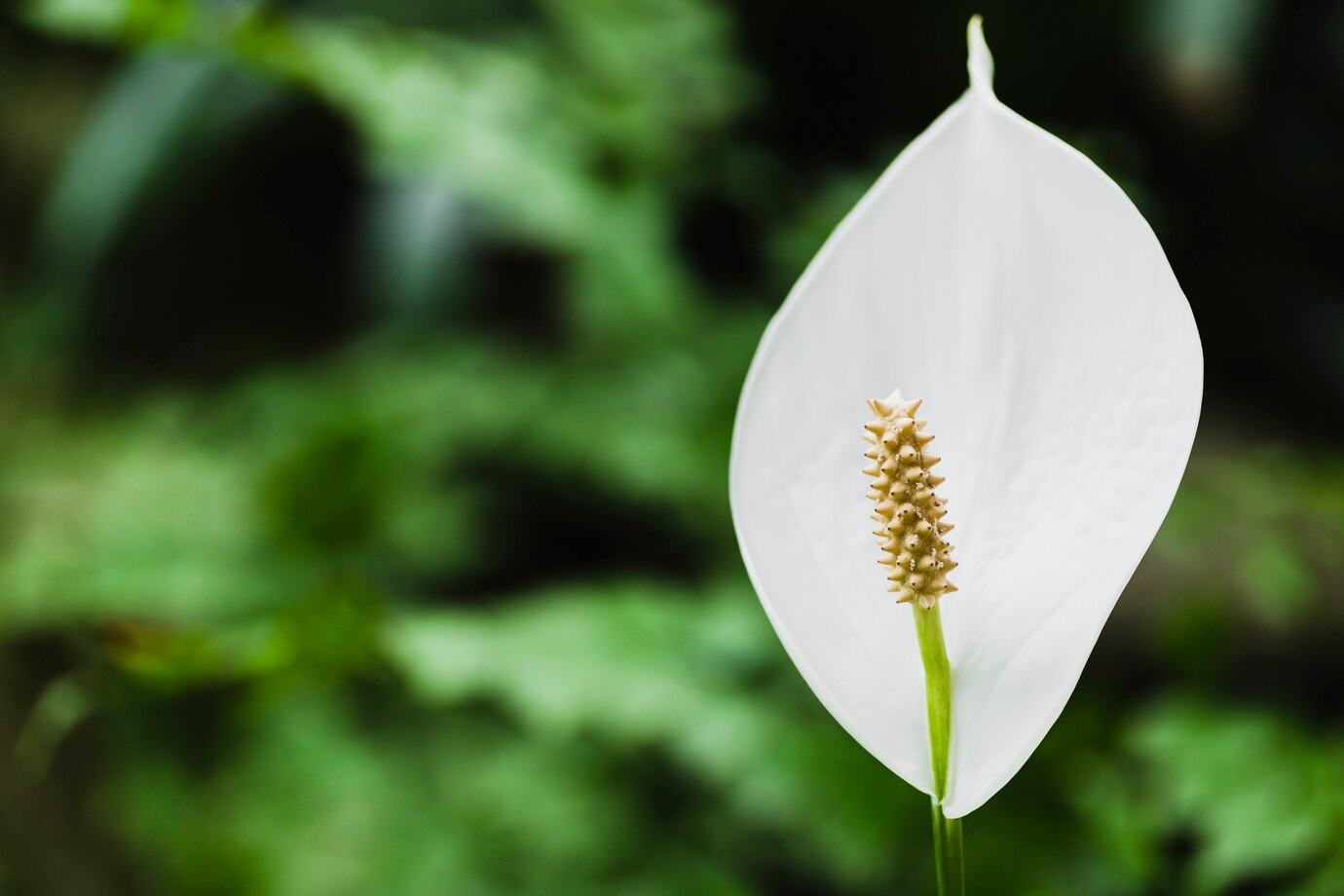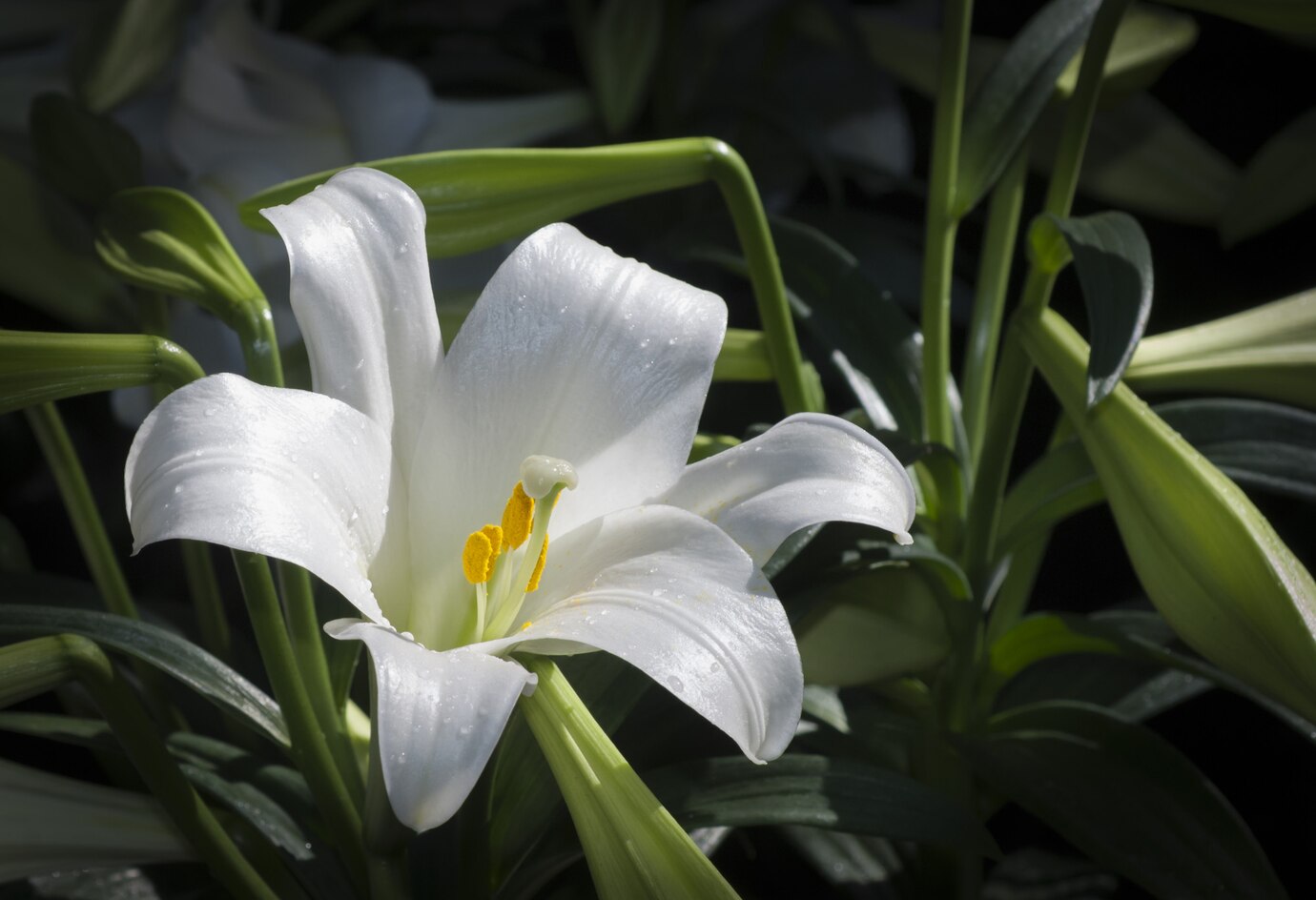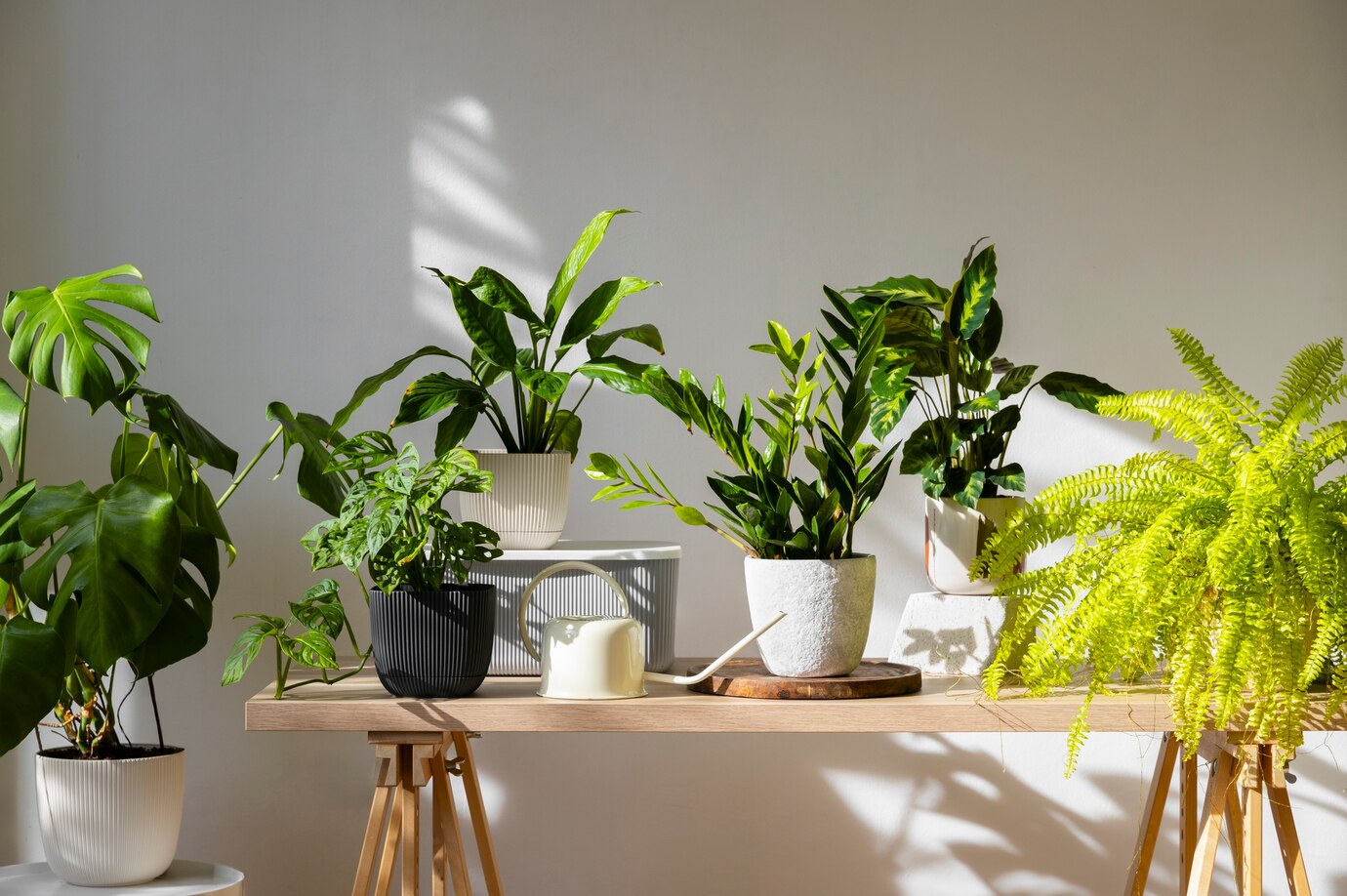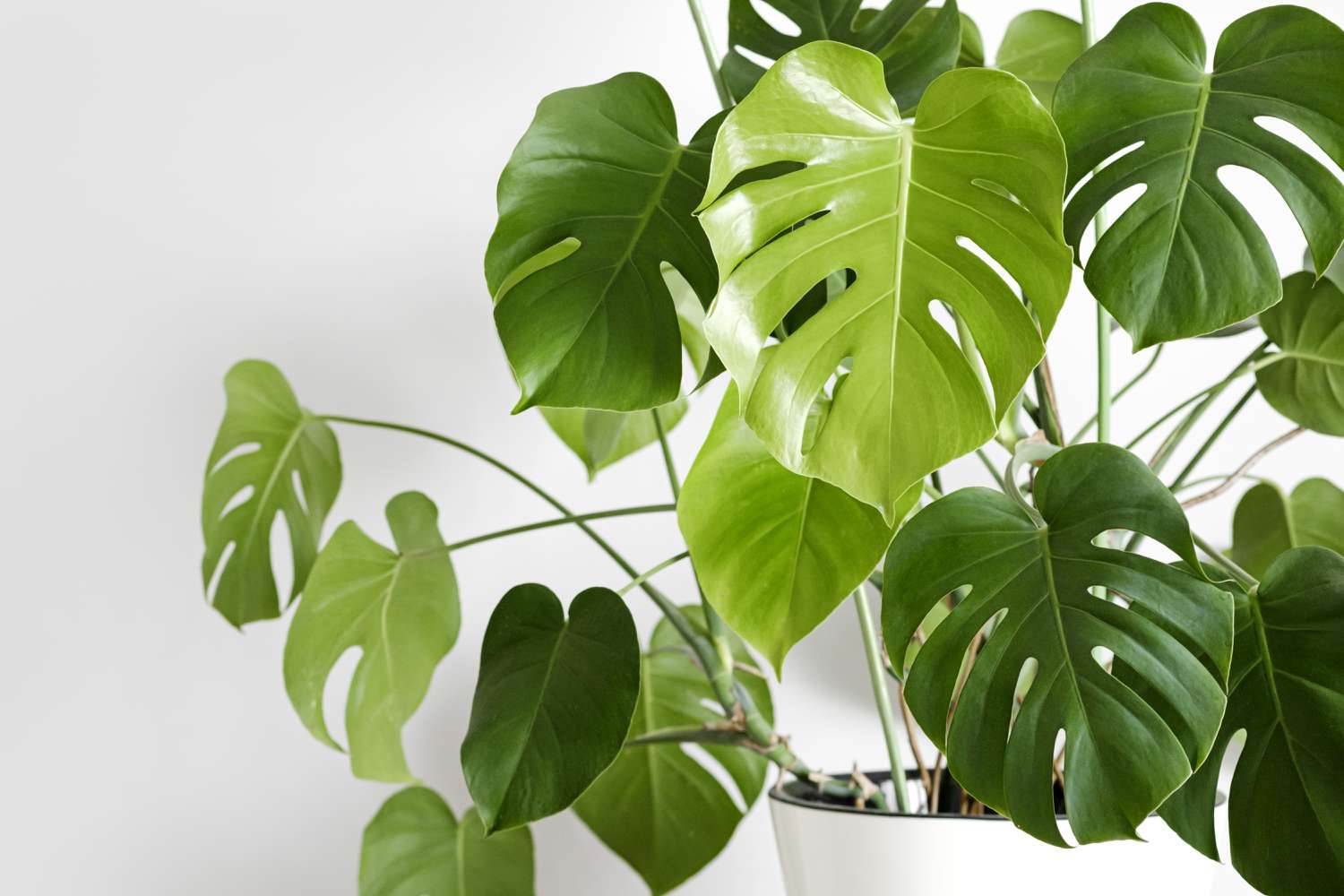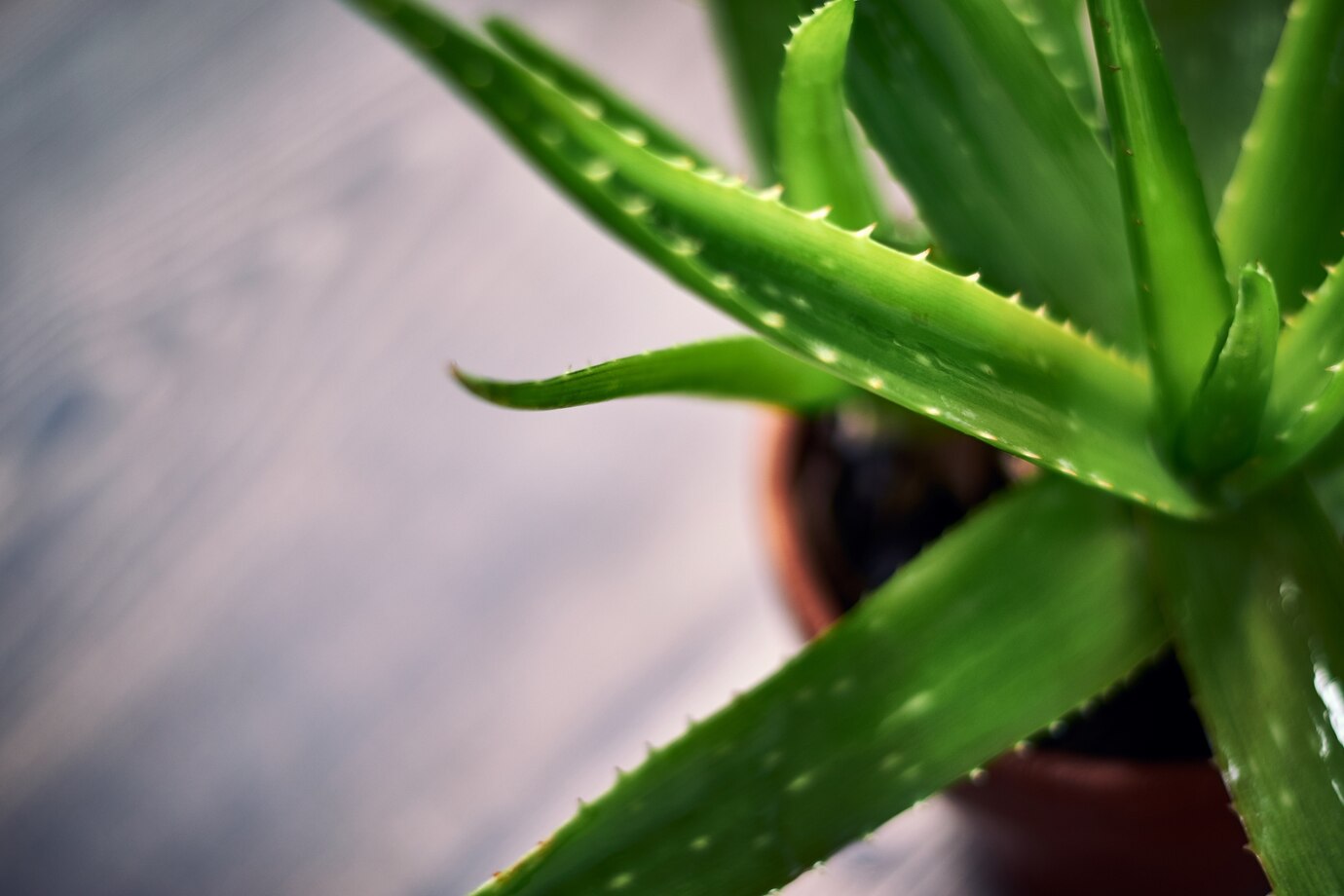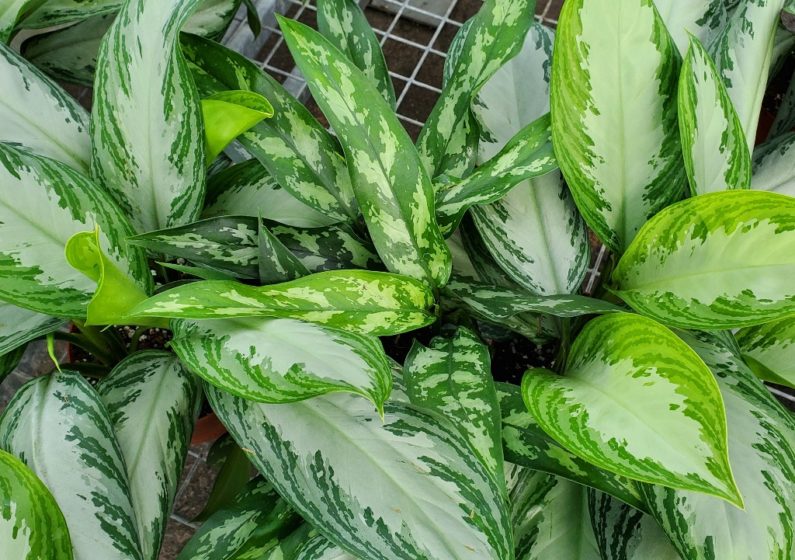The vibrant and glossy Zamioculcas zamiifolia, commonly known as the ZZ plant, might be tricky to pronounce, but it’s one of the simplest houseplants to care for. It is often referred to as the “Zanzibar gem” due to its African origin. This tropical beauty may look rare, but it’s impressively resilient and can flourish in nearly any indoor setting with minimal attention.
Much like the snake plant, the ZZ plant has become a popular choice for plant enthusiasts who appreciate low-maintenance greenery that doesn’t demand perfect conditions. Its eye-catching leaves boast a rich, shiny green surface that almost appears waxed. For an even more unique touch, explore newer ZZ varieties that feature deep burgundy or variegated foliage.
Table of Contents
ToggleHow to Grow ZZ Plant
Growing a ZZ plant indoors is nearly effortless because of its hardy nature and striking appearance. Here’s how to grow ZZ plant:
Light:
ZZ plants adapt to low to bright, indirect sunlight. Ideal spots include north, east-facing, or west-facing windows. Keep it out of direct rays, which may burn the foliage. If you don’t have natural light, that’s fine too. ZZ plants also thrive under fluorescent lighting.
Temperature:
Indoors, maintain standard room temperatures between 60°F and 75°F. If you move the plant outside during warmer months, make sure to bring it indoors when temperatures dip below 50°F.
Humidity:
Normal indoor humidity works well for ZZ plants. Just keep them away from heating or cooling vents, which can dry the air and lead to browning leaves.
Soil:
Select a well-aerated, fast-draining potting soil that ideally contains perlite or similar materials to enhance drainage and prevent water retention.
Watering:
Overwatering is one of the few ways to harm a ZZ plant. During its active growth phase (spring through early fall), water it about every two weeks or once the top inch or two of soil dries out. In winter or low-light areas, reduce watering frequency to avoid soggy roots.
Fertilizing:
ZZ plants store nutrients in their thick rhizomes, so they require minimal feeding. Apply a balanced liquid houseplant fertilizer once every month during the growing season, but always dilute it to half strength. Avoid fertilizing during winter when growth slows.
How to Care for ZZ Plant
The ZZ plant is tough, stylish, and practically indestructible. ZZ plants are ideal for both beginners and expert indoor gardeners.
Leaf Care:
To maintain those glossy, deep-green leaves, gently wipe them with a damp cloth when they look dusty. An occasional misting can also help minimize dust buildup. Keeping the leaves clean not only improves appearance but also allows the plant to absorb light more effectively, which is an essential part of proper care for ZZ plant health.
Repotting:
ZZ plants grow slowly and are pretty content in snug containers, so you won’t need to repot often. If you’d like to keep the plant at the same size, refresh the soil and trim any overcrowded roots or stems every couple of years before replanting it in its current pot.
To encourage more growth, choose a container that’s 1–2 inches wider than the existing one. Since ZZ plant rhizomes grow sideways, the size of the pot controls how wide the plant can get.
Pruning and Shaping:
Unlike some houseplants, pruning your ZZ won’t trigger new shoots, but it’s still helpful in refining its shape and removing yellowing or damaged stems. If it appears overgrown, trim the entire stalk at the base using clean, sharp scissors or a knife. Be sure to wear gloves while handling the plant to avoid skin irritation.
Troubleshooting ZZ Plant
Yellowing Leaves:
Yellow leaves, particularly when the stems turn soft and brown, typically indicate overwatering. Trim away the damaged parts and allow the soil to dry thoroughly before watering again. In more severe cases, replace the soil and repot your ZZ plant to prevent root rot from spreading.
Brown Leaf Tips:
Crispy or brown edges often indicate low moisture levels in the air, underwatering, or excessive direct sunlight. Move your plant to a spot with filtered light, and mist the foliage occasionally if the indoor air feels dry.
Plant Leaning to One Side:
A ZZ plant that’s tilting may have waterlogged roots caused by excess watering. Poor root support leads to a droopy appearance. It could also be stretching toward light. Try moving it to a brighter area with indirect sun or supplement with fluorescent or LED grow lights.
Pests:
While ZZ plants rarely face pest problems, they can occasionally attract mealybugs, scale, spider mites, or aphids. Rinse the leaves with homemade insecticidal soap and apply neem oil to naturally and effectively eliminate these pests.

